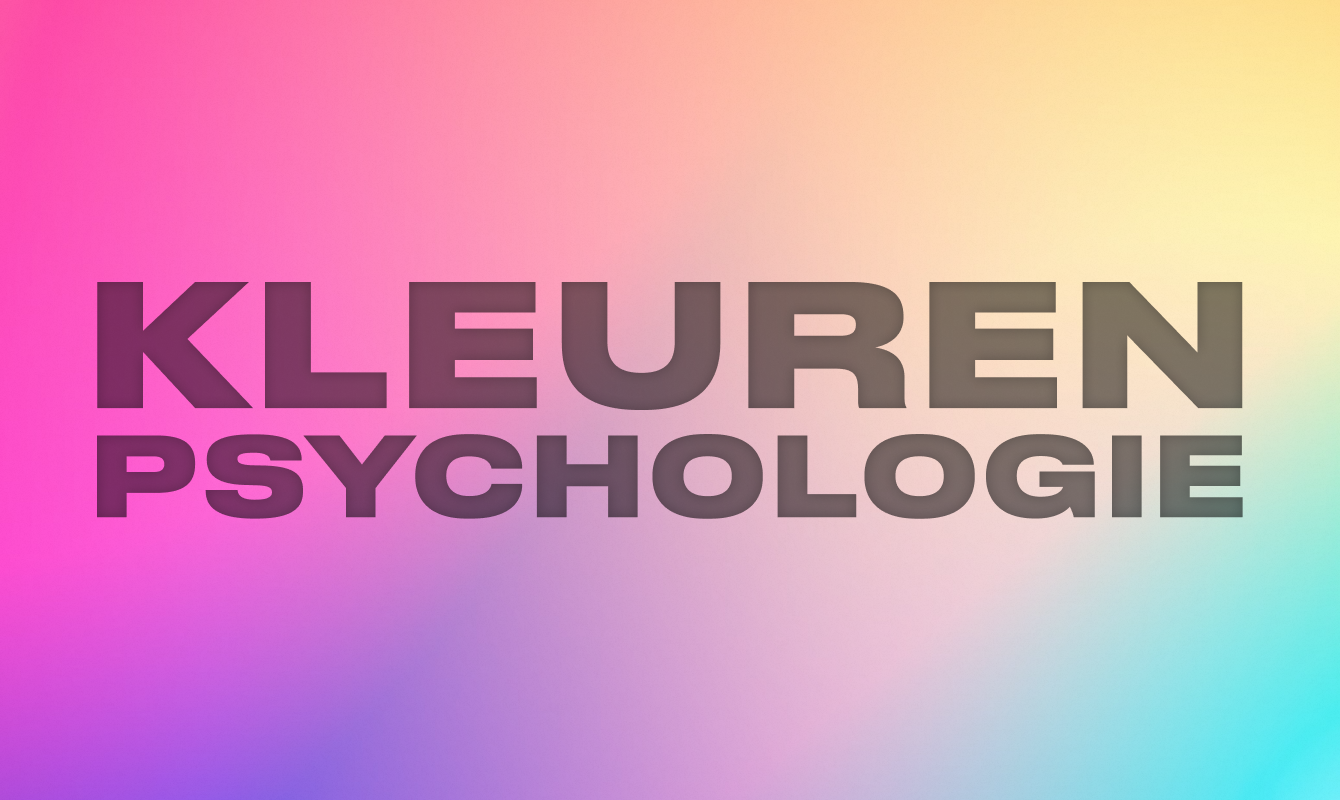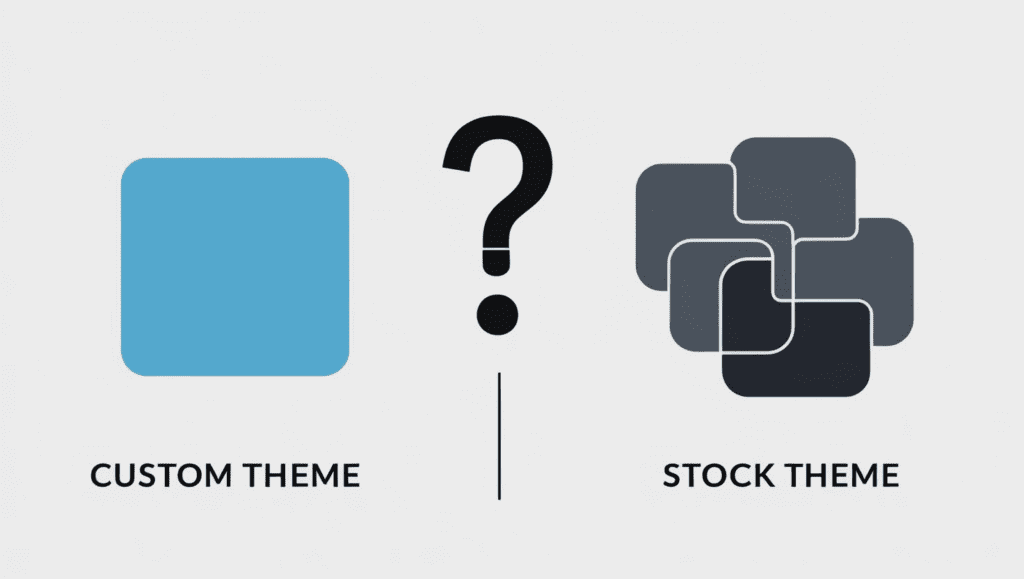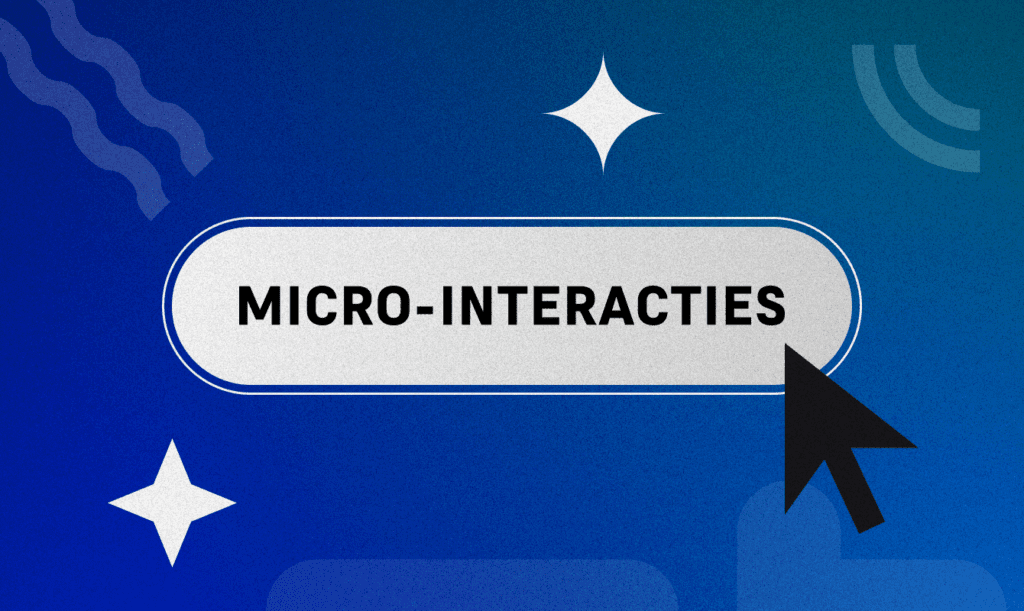
Color Psychology in Web Design: How to Choose the Right Colors?
Colors are a powerful tool in web design. They influence emotions, behavior, and even how people perceive your brand. This phenomenon, known as color psychology, plays a crucial role in creating effective websites. By choosing the right colors, you can not only enhance the visual appeal of your website, but also leave a lasting impression on visitors. In this article, we’ll discuss how to apply color psychology to select the perfect colors for your website.
Table of contents
Impact of Colors on Emotions
Each color evokes certain emotions or associations. For example, red often represents passion, energy or urgency, while blue radiates confidence and stability. Yellow can evoke optimism and creativity, but can also cause unrest if used too strongly. By understanding how different colors work, you can consciously choose which emotions you want to evoke in your audience.
For example, a health website might use green to create a sense of calm and naturalness. A fintech company, on the other hand, would choose blue to communicate trust and reliability.
Colors and Brand Identity
The colours you choose should be consistent with your brand identity. Ask yourself: what emotions and values do I want my brand to convey? A playful children’s brand might choose bright, vibrant colours like orange and yellow, while a luxury brand might choose black and gold to emphasise exclusivity and elegance.
It is also important to develop a color palette that matches your logo and other brand expressions. Consistency in color usage strengthens the recognizability of your brand and ensures a professional appearance.
The Power of Contrast
Contrast is an essential aspect of web design. Using contrasting colors can help emphasize important elements such as calls to action (CTAs). Imagine a webshop with a white background: a bright red button that says “Buy Now” will immediately grab attention.
However, make sure that the contrast is not too stark, as this can reduce readability and create a tiring visual experience. A well-balanced contrast will ensure that your website remains both attractive and functional.
Color and User Experience
The choice of colors can also affect the user experience. Colors can facilitate navigation by creating hierarchy and visually guiding users through your website. For example, use a neutral background color such as white or light gray and combine it with accent colors for buttons, links, and other interactive elements.
In addition, colors can also influence the amount of time visitors spend on your website. Soft, inviting colors like pastel blue or light green can promote relaxation, while bright, exciting colors like orange can encourage action.
Cultural Meanings of Colors
Consider the cultural context of your audience. Colors have different meanings in different cultures. For example, red can symbolize good luck in China, but raise warning signs in Western countries. If your website has a global audience, it is important to choose colors that are universally understandable or carefully tailored to your target audience.
Testing and Optimizing
Even with a good understanding of color psychology, it’s important to test your choices. What seems logical on paper might not work as expected in practice. Use A/B testing to see which color schemes work best for your audience. Analyze metrics like click-through rates and conversions to determine which colors have the most impact.
Finally
Color psychology is a powerful tool that can influence the way users experience your website. By strategically choosing colors based on emotions, brand identity, contrast, and cultural context, you can design a website that is not only visually appealing but also communicates effectively. Remember to test and optimize your choices to ensure your color palette best suits your goals.
With the right colors, you can not only grab your audience’s attention, but also leave a lasting impression that sets your brand apart.


